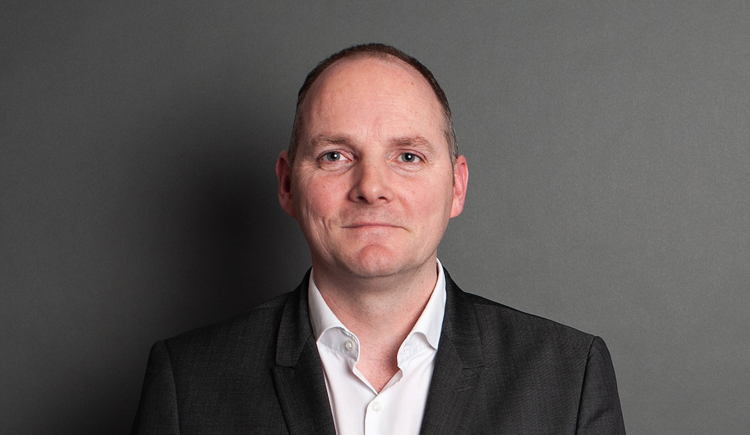Energy & Utilities – the energy transition
London’s energy transition needs require cooperation, networking and strategy.
As an example of a need for a systems-based approach Rudd says: “Key stakeholders need to work together to determine an investment strategy that co-ordinates the competing needs for the green electrification of vehicles, local data centres and distributed generation.” Rudd cites the Green Recovery initiative involving Ofgem and DNOs as an example.”
“Gaps (policy, regulatory, standardisation, etc.) also need to be filled, which prevent built environment permanent energy reductions to be delivered at scale.”, Rudd says.
Richard Braakenburg, Managing Director, Investments at SUSI Partners agrees saying: “One of the single largest challenges faced by London and other major cities is the necessity to make the existing housing stock more energy efficient. A concerted effort of all London stakeholders to revive a comprehensive programme for housing energy efficiency, taking the lessons learned from the green deal programme and boosting frameworks such as Re:fit, could yield significant results.”
There are also huge costs to this but experts are grappling with market solutions.





